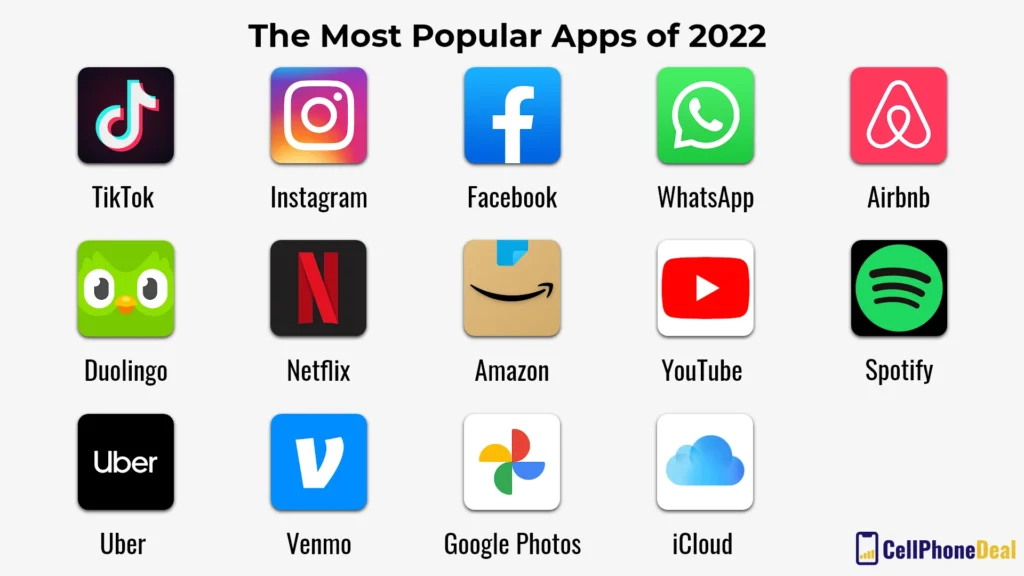In today’s fast-paced digital landscape, Augmented Reality Apps are revolutionizing the way we interact with our environment. By seamlessly blending digital content with the real world, these innovative applications are enhancing our experiences and transforming various industries. From gaming and education to retail and healthcare, augmented reality (AR) is not just a trend; it’s a powerful tool that brings digital experiences to life, making them more immersive and engaging than ever before.
As you delve deeper into this article, you will uncover the myriad ways in which augmented reality apps are being utilized across different sectors. We will explore the technology behind AR, its practical applications, and the benefits it offers to both businesses and consumers. Additionally, you will learn about the challenges faced in the development of AR applications and how these hurdles are being overcome to create more user-friendly experiences.
Furthermore, we will discuss the future of augmented reality and its potential to reshape our interactions with the digital world. Whether you are a tech enthusiast, a business owner, or simply curious about the latest advancements in technology, this article promises to provide valuable insights and inspire you to embrace the possibilities that augmented reality has to offer. So, read on to discover how augmented reality apps are not just enhancing our reality but are also paving the way for a more connected and interactive future.
Understanding Augmented Reality Technology
Augmented Reality (AR) technology overlays digital information onto the real world, enhancing the user’s perception of their environment. This technology utilizes devices such as smartphones, tablets, and AR glasses to create immersive experiences. By integrating computer-generated images, sounds, and other sensory inputs, AR transforms how users interact with their surroundings.
The core components of AR include hardware, software, and content. Hardware encompasses the devices used to experience AR, while software refers to the applications that enable these experiences. Content is the digital information that is overlaid onto the real world, which can range from simple images to complex 3D models. Understanding these components is crucial for developers and users alike, as they form the foundation of AR applications.
Popular Augmented Reality Applications
Several AR applications have gained immense popularity across various sectors, including gaming, education, and retail. One of the most notable examples is Pokémon GO, which revolutionized mobile gaming by encouraging players to explore their real-world surroundings to catch virtual creatures. This app demonstrated the potential of AR to engage users in a unique and interactive way.
In the education sector, applications like Google Expeditions allow students to take virtual field trips, enhancing their learning experience. Retailers are also leveraging AR to improve customer engagement; for instance, IKEA’s app enables users to visualize furniture in their homes before making a purchase. These applications highlight the versatility of AR technology and its ability to enhance user experiences across different domains.
The Role of AR in Education
Augmented Reality is transforming the educational landscape by providing interactive and immersive learning experiences. AR applications can bring complex subjects to life, making them more accessible and engaging for students. For example, anatomy apps allow students to explore the human body in 3D, enhancing their understanding of biological structures.
Moreover, AR fosters collaborative learning by enabling students to work together on projects in a shared virtual space. This technology not only enhances retention but also encourages critical thinking and problem-solving skills. As educational institutions continue to adopt AR, the potential for personalized learning experiences will only grow, making education more effective and enjoyable.
Augmented Reality in Retail and E-commerce
The retail industry is increasingly adopting Augmented Reality to enhance the shopping experience. AR applications allow customers to visualize products in their own environment, leading to more informed purchasing decisions. For instance, beauty brands like Sephora offer virtual try-on features, enabling users to see how makeup products will look on their skin before buying.
This technology not only improves customer satisfaction but also reduces return rates, as consumers are more likely to be satisfied with their purchases. Additionally, AR can provide interactive product information, allowing customers to engage with brands in innovative ways. As AR continues to evolve, its impact on retail and e-commerce will likely expand, creating new opportunities for businesses and consumers alike.
Challenges and Limitations of Augmented Reality
Despite its potential, Augmented Reality faces several challenges and limitations. One significant hurdle is the need for advanced hardware, which can be a barrier for widespread adoption. Many AR applications require high-performance devices to function effectively, limiting access for some users.
Additionally, the development of AR content can be resource-intensive, requiring specialized skills and tools. Privacy concerns also arise, as AR applications often rely on location data and camera access. Addressing these challenges is essential for the continued growth and acceptance of AR technology in various sectors.
Future Trends in Augmented Reality
The future of Augmented Reality is promising, with several trends expected to shape its development. One key trend is the integration of AR with artificial intelligence (AI), which can enhance user experiences by providing personalized content and recommendations. This combination can lead to more intuitive and engaging applications across various industries.
Another trend is the rise of AR in remote collaboration. As remote work becomes more prevalent, AR can facilitate virtual meetings and teamwork by allowing participants to interact with 3D models and shared digital spaces. These advancements will likely drive further innovation and adoption of AR technology in the coming years.
The Impact of Augmented Reality on Marketing
Augmented Reality is revolutionizing marketing strategies by providing immersive and interactive experiences that capture consumer attention. Brands are increasingly using AR to create engaging advertisements that allow users to interact with products in a
| Aspect | Description |
|---|---|
| Definition | Augmented Reality (AR) apps enhance the real world by overlaying digital information, such as images, sounds, and text, onto the physical environment. |
| Technology | AR technology utilizes devices like smartphones, tablets, and AR glasses to create immersive experiences by integrating digital content with the user’s surroundings. |
| Applications | AR apps are used in various fields including gaming (e.g., Pokémon GO), education (interactive learning), retail (virtual try-ons), and healthcare (surgical simulations). |
| Benefits | They provide enhanced user engagement, improved learning experiences, and innovative marketing strategies, allowing users to interact with digital content in a meaningful way. |
| Challenges | Challenges include technical limitations, privacy concerns, and the need for user-friendly interfaces to ensure widespread adoption. |
| Future Trends | The future of AR apps includes advancements in AI integration, improved hardware capabilities, and broader applications across industries, making AR a staple in everyday life. |



